
The conference was co-chaired by members of the Party Central Committee: Tran Hong Ha - Deputy Prime Minister, Chairman of the Coordination Council for the North Central and Central Coastal Regions; Nguyen Chi Dung - Minister of Planning and Investment; Nguyen Hong Dien - Minister of Industry and Trade; Nguyen Hai Ninh - Secretary of the Khanh Hoa Provincial Party Committee.
Attending the conference were leaders of ministries, branches and localities in the region. Representing Nghe An province were comrades: Thai Thanh Quy - Member of the Party Central Committee, Secretary of the Provincial Party Committee, Chairman of the Provincial People's Council, Head of the Provincial National Assembly Delegation; Le Hong Vinh - Member of the Provincial Party Standing Committee, Permanent Vice Chairman of the Provincial People's Committee.

At the conference, ministries, branches and localities in the North Central and Central Coast regions presented papers to find feasible directions to create breakthrough development for the provinces in the region.
In particular, the issue of regional connectivity and promoting the strengths of each locality received special attention; issues of energy development, regional planning, traffic connection, human resource development, tourism, and high-quality agriculture were also discussed by delegates.
Also at the conference, delegates proposed many solutions to promote linkages in the North Central and Central Coast regions such as: Linking agricultural and aquatic products of localities in the region to consume in large markets outside the region, especially the Central Highlands, Hanoi, Ho Chi Minh City; linking in training human resources to serve the development of the marine economy and a number of other industries and professions.

Delegates also proposed developing fishery logistics service centers to share information, create links in exploitation, aquaculture, and seafood processing; link sustainable marine economic development with environmental protection, maintain national defense and security; coordinate in human resource training, regulation, and labor use, especially labor in high-tech zones, economic zones, industrial zones, and export processing zones, etc.
Concluding the conference, Deputy Prime Minister Tran Hong Ha assessed that the establishment of the North Central and Central Coastal Coordination Council plays a very important role in innovating the regional coordination mechanism, promoting the rapid and sustainable socio-economic development of the region, protecting the environment and ensuring national defense and security...

Therefore, the Deputy Prime Minister requested that members of the Regional Coordination Council study and develop an operating mechanism to ensure that implementation is synchronous and consistent with the practical situation.
Pilot the selection of linkage contents and models to ensure that linkages bring practical results to each locality in the region; replicate linkage models that are effective and have unique, attractive, and outstanding characteristics compared to other regions and areas in the country; research the establishment of linkage sub-regions according to geographical location or according to the potential and strengths of each region.
Comrade Tran Hong Ha also requested the Regional Coordination Council to advise the Government to issue regional planning and investment plans for synchronous and quality infrastructure, avoiding scattered investment, especially in transport infrastructure to serve the sustainable development of key industries and occupations...

The Deputy Prime Minister also suggested that localities in the region need to share information and learn from each other's experiences to agree on practical cooperation plans, ensuring that they create motivation for mutual development and avoid overlapping infrastructure investment that causes waste, competition, and conflicts of interest.
The Ministry of Information and Communications builds a regional database to facilitate local information exploitation, thereby proposing appropriate cooperation content. Central ministries and branches are interested in supporting and helping local areas in the region to implement linkage programs.
On November 3, 2022, the Politburo issued Resolution No. 26-NQ/TW on socio-economic development orientations and ensuring national defense and security in the North Central and Central Coast regions to 2030, with a vision to 2045.
The goal by 2030 is that the North Central and Central Coast will become a dynamic, fast and sustainable development region, strong in marine economy; have a synchronous and modern socio-economic infrastructure, highly resilient to natural disasters, epidemics and effective adaptation to climate change; have a number of large industrial, service and international cooperation centers of the country with coastal economic zones and coastal urban systems meeting national and regional standards; be the gateway to the sea of the Central Highlands and neighboring Laos; be a place where cultural and historical values and marine, island and forest ecosystems are preserved and promoted; the material and spiritual life of the people is constantly improved; national defense, security and sovereignty over seas and islands are firmly ensured; Party organizations and political systems are strong; the great national unity bloc is strengthened.
By 2045, the North Central and Central Coast regions will be regions with rapid and sustainable development; have a number of large industrial, service, and international cooperation centers on par with the Asian region, with modern coastal economic zones, a smart, sustainable coastal urban system with its own identity, and environmentally friendly.
The Government has promptly issued Resolution No. 168/NQ-CP dated December 29, 2022 on the Government's Action Program to implement Resolution No. 26-NQ/TW on the principle of closely following the viewpoints and objectives, while concretizing the tasks and solutions stated in Resolution No. 26-NQ/TW, clearly identifying the main tasks and specific solutions associated with the organization plan according to a suitable roadmap to achieve the objectives of the Resolution.
Source


![[Photo] General Secretary To Lam begins official visit to Russia and attends the 80th Anniversary of Victory over Fascism](https://vphoto.vietnam.vn/thumb/1200x675/vietnam/resource/IMAGE/2025/5/8/5d2566d7f67d4a1e9b88bc677831ec9d)
![[Photo] National Assembly Chairman Tran Thanh Man chairs the meeting of the Subcommittee on Documents of the First National Assembly Party Congress](https://vphoto.vietnam.vn/thumb/1200x675/vietnam/resource/IMAGE/2025/5/8/72b19a73d94a4affab411fd8c87f4f8d)
![[Photo] President Luong Cuong presents the decision to appoint Deputy Head of the Office of the President](https://vphoto.vietnam.vn/thumb/1200x675/vietnam/resource/IMAGE/2025/5/8/501f8ee192f3476ab9f7579c57b423ad)

![[Photo] General Secretary concludes visit to Azerbaijan, departs for visit to Russian Federation](https://vphoto.vietnam.vn/thumb/1200x675/vietnam/resource/IMAGE/2025/5/8/7a135ad280314b66917ad278ce0e26fa)
![[Photo] Prime Minister Pham Minh Chinh meets with the Policy Advisory Council on Private Economic Development](https://vphoto.vietnam.vn/thumb/1200x675/vietnam/resource/IMAGE/2025/5/8/387da60b85cc489ab2aed8442fc3b14a)
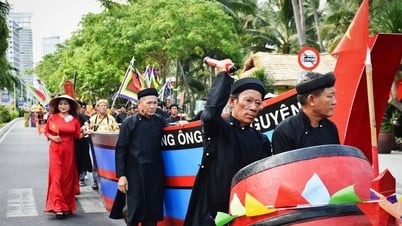

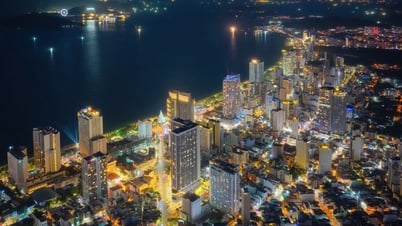









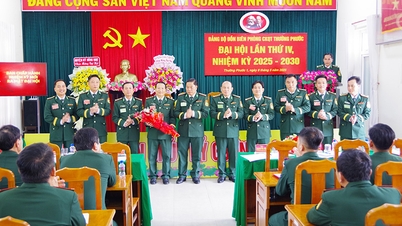

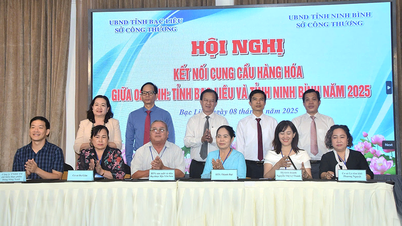





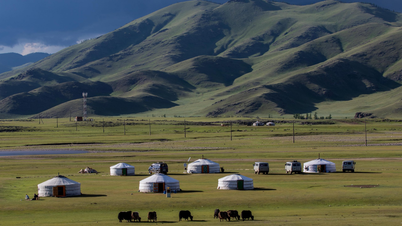





































![[Photo] Prime Minister Pham Minh Chinh talks on the phone with Singaporean Prime Minister Lawrence Wong](https://vphoto.vietnam.vn/thumb/402x226/vietnam/resource/IMAGE/2025/5/8/e2eab082d9bc4fc4a360b28fa0ab94de)














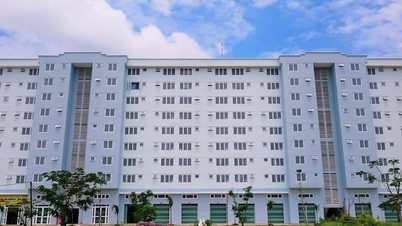















Comment (0)